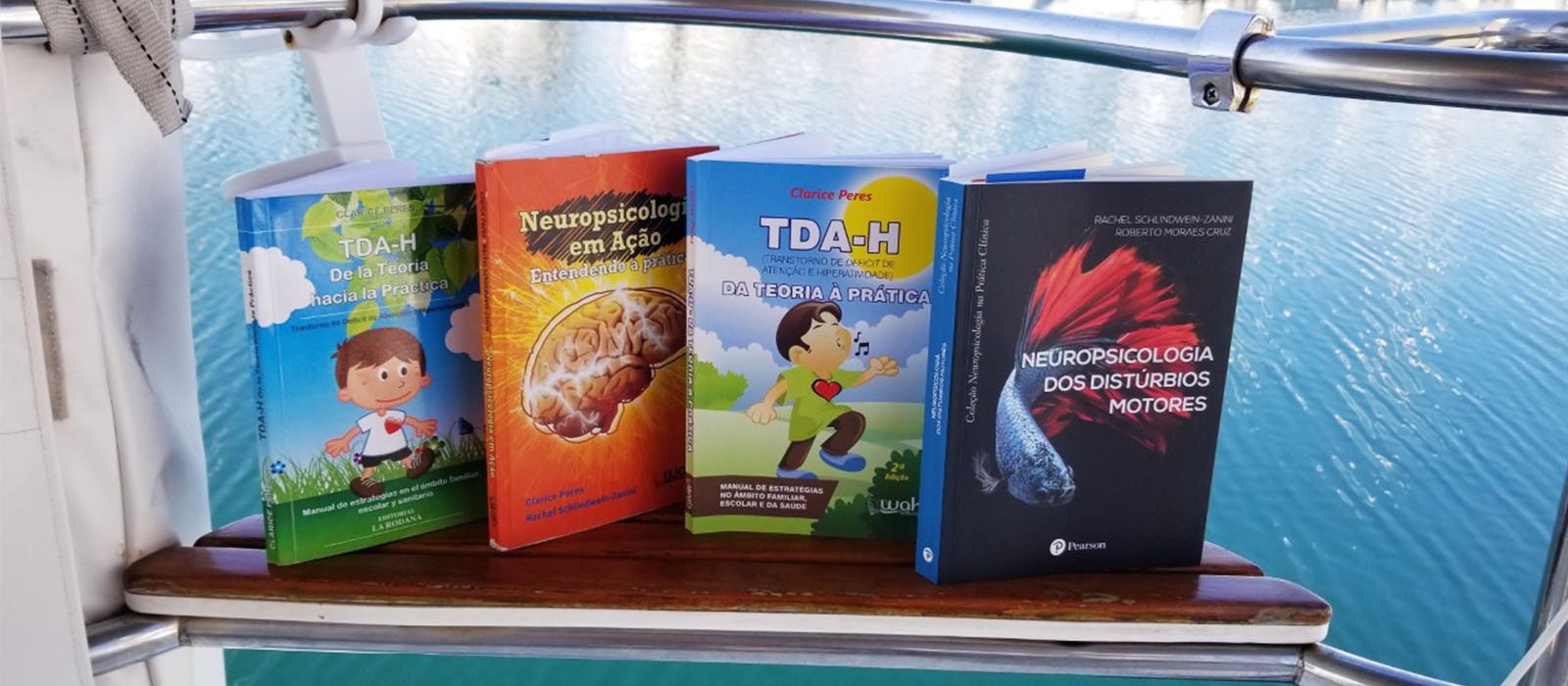Six Simple Things You Can Do
Transition is such a huge and overwhelming topic that it can be hard to know where to start, especially when your life is already so full. Here are six things you can do right now to begin the process:
- Take stock of how much you already know. Look back on the early years, before your child’s diagnosis or immediately afterward. There was so much you didn’t know about your child’s disability and so much you didn’t know about your child’s capabilities. You’ve learned a lot since then and that knowledge is going to serve you well now, as you and your child move into the next stage together. Nobody is better equipped to help your child transition than you are. To help ease the stress of what you think you don’t know, make a list of what you already know. Once you see how much you’ve learned, you will know that you can tackle these new tasks. “Find some peace and contentment in the fact that you’ve done a good job so far,” Dr. Robert Naseef, author of Special Children, Challenged Parents: The Struggles and Rewards of Raising a Child with a Disability, advises.
- Face your fears. Anxiety can be paralyzing. But it can also be informative. Naming your fears will help you understand both your bottom line and your priorities. If your biggest fears revolve around your child’s medical condition, you know that transitioning their medical providers and medical benefits are first-order priorities – the rest can wait. If your biggest fears revolve around your child being bored and isolated after high school, then your first priority may be to focus on employment, education, or day programs.
- Establish your priorities. You can’t do everything at once. Use a list and a timeline to help you choose a small number of first-order tasks, questions, or issues. “Start with something small,” advises Mary Anne Ehlert, CFP, whose company, Protected Tomorrows, helps families navigate transition and future planning. “Choose one thing. Write it down and set a deadline. If you think of all the things you’ve got to do, you’ll never do it. Just take it one step at a time.”
- Start talking. Having casual conversations about transition with your child and other members of the family will help normalize the topic and get everyone thinking about options. You might say to your child, “I’ve been thinking about what life is going to be like when you’re an adult. What do you think it will be like?” “Anything out of the ordinary, we always talk about,” says Mary Pilster, the mother of a young man with autism, “because with autism, it’s important to give them a heads-up of what’s coming.”
- Find a mentor. There’s no reason to reinvent the wheel. Reach out to a family in your disability community who has gone through transition and talk to them about their experience. “Always find someone who has been through it or is going through it now to mentor you through,” says Teresa Jurado, who was a parent resource coordinator at Gatepath for many years. “There’s nothing like sitting face-to-face with someone who can say, ‘I did this and this is what happened.’”
- Work with other families. You don’t have to go it alone. Parents who work together can divide up tasks, share information, and advocate as a group. They can also give each other breaks as needed and – most importantly – devise new solutions. Dr. Naseef has seen families work together to create innovative answers for their children when the existing options weren’t working. One group of families pooled their money to buy a franchise so that their children with developmental delays would have a place to work; a typically developing sibling with an interest in business is managing it. Others are setting up group living arrangements for their children or creating carpools and social groups.
- https://abilitypath.org/ap-resources/the-high-school-years-iep-meeting-planning/


